I have the deed for that sale too, see?
"Book 2
Pag 354
Date Nov 8th 1867
Consideration, $60.00
Covenants Grant bargain sell ***** ****** release convoy + confirm
NAME OF GRANTOR AS SIGNED
Edward Heuck (LS)
NAME OF GRANTEE IN BODY OF INSTRUMENT
Wm H Cleveland
Ack'd Nov 9th 1867 before G.A. Pendleton co clk with Official Seal.
Filed, Nov 9th 1867 at 15m. past / h Pm. G A Pendleton Recorder.
DESCRIPTION.
Frl lot or parcel of land lying + being between lots 1156 + 1157 + the Bay of San Diego + bounded on the N by sd lot 1156 - of the E by sd lot 1157 + on S+W by the Bay of San Diego being the same land conveyed to sd Heuck by the Trustees of The City of San Diego by deed dated Nov 5th 1867.
STATE OF CALIFORNIA
County of San Diego
On this 9th day of ********** one thousand eight hundred and 67 before me G A Pendleton, County Clerk and of official clerk of they county court in and for said County personally appeared Edward Heuck , personally known to me to be the individual described in and who executed annexed instrument as a party hereto acknowledged to me that he executed the same, freely and voluntarily, and for the uses and purposes thereon mentioned.
IN WITNESS WHEREOF I have hereunto set my hand and affixed my official seal, the day and year in this certificate first above written.
SEAL
(OK)
G A Pendleton
Clerk
"A man from San Francisco had agreed to put in half the materials and do half the work on this wharf, if I would give him five blocks of land for it. I agreed and he began work under this arrangement; but he soon backed out and I took it off his hands and finished the work myself. This was the first construction work I did in San Diego. The wharf cost altogether $45,000. This Judge Hollister, the same man who bid against me for the last parcel of land I bought from the city trustees (Lot 1133), was the assessor, and he assessed this wharf at $60,000 and tried to make me pay taxes on that valuation. But I took the matter up with higher authorities, showed them just what the wharf had cost, and got the assessment canceled." - History of San Diego, 1542-1908
"On July 9, 1870, the board of supervisors ordered the removal of the county records from the old town to the new. Judge Morrison, of the district court, immediately required the clerk to make all writs issued from his court returnable in Old Town. County Judge Thomas H. Bush issued an order directing the sheriff to use force, if necessary, to prevent the removal of the records, and a posse of citizens was summoned to aid the sheriff, a cannon planted and guard mounted in front of the jail. The Union put it that Old Town had seceded, and that “Lieut.-Gen. Bush, in command of the artillery, threw up earthworks in front of the jail and placed the field piece in position,…. and now the immortal Bush, seated astride of the plaza cannon, his soul glowing with heroic emotion, exclaims: ‘This rock shall fly from its firm base as soon as I!’ ”
"Outside of Horton’s Addition, but within a mile and a quarter of the business center of the city, lots vary in value from $50 to $100 each."
"Two buildings on First Street between H and I, and a number of other smaller ones. Bank building now under way, $40,000 to $50,000."
"In May of this year (1870) occurred the opening of Horton’s Hall as a theater."
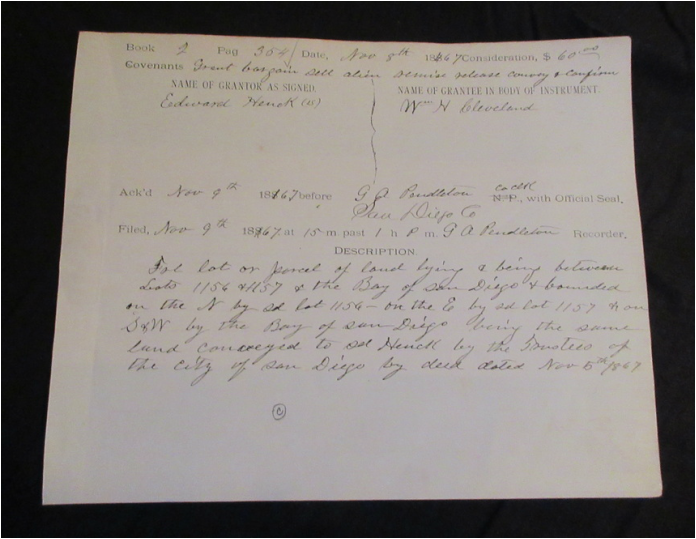
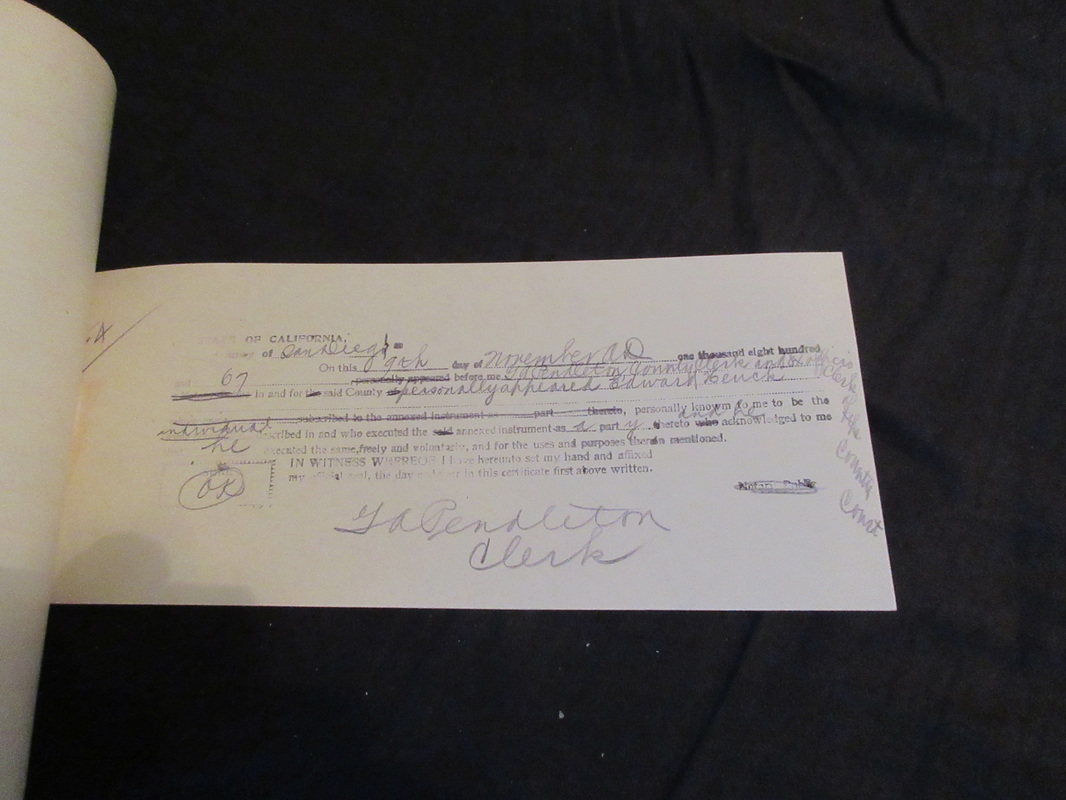
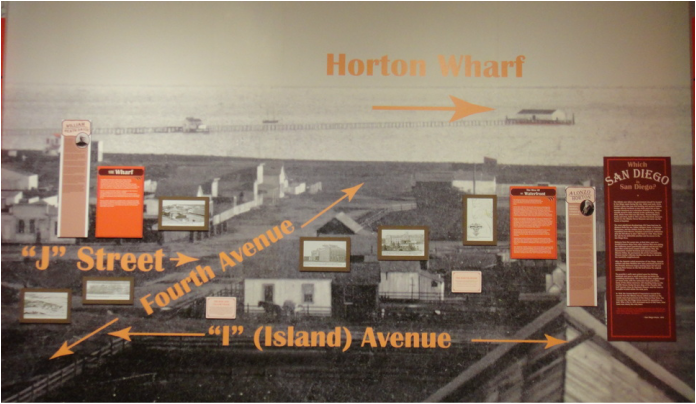
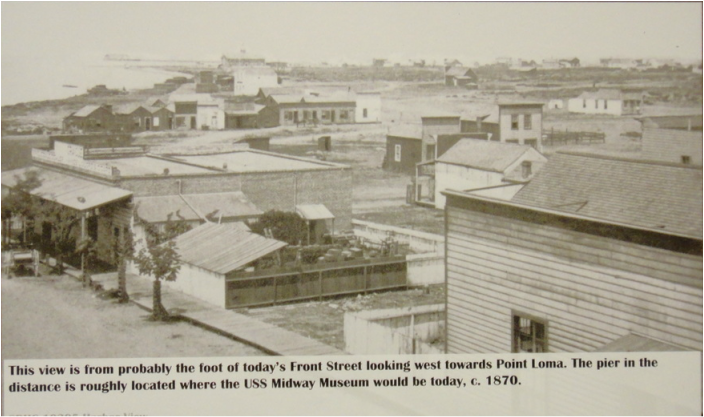
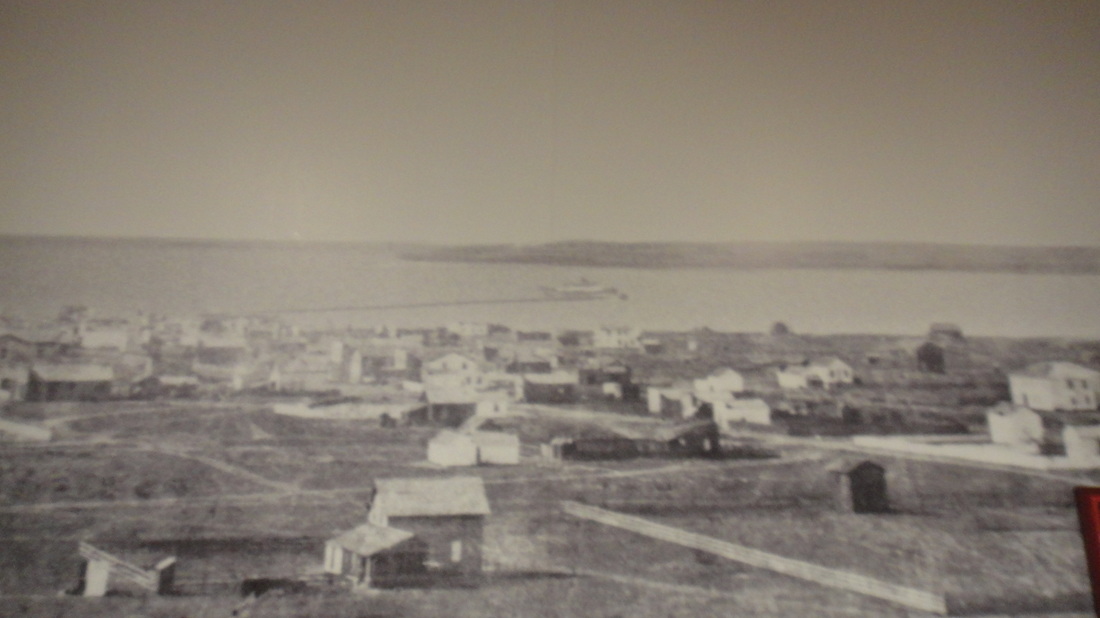
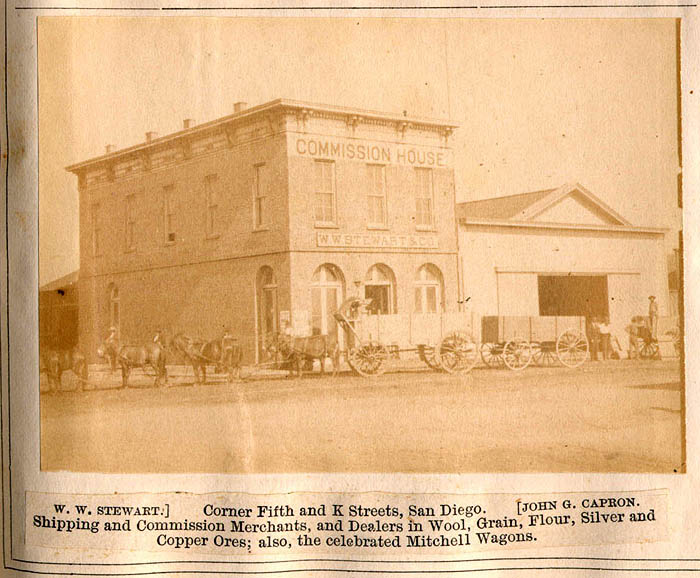
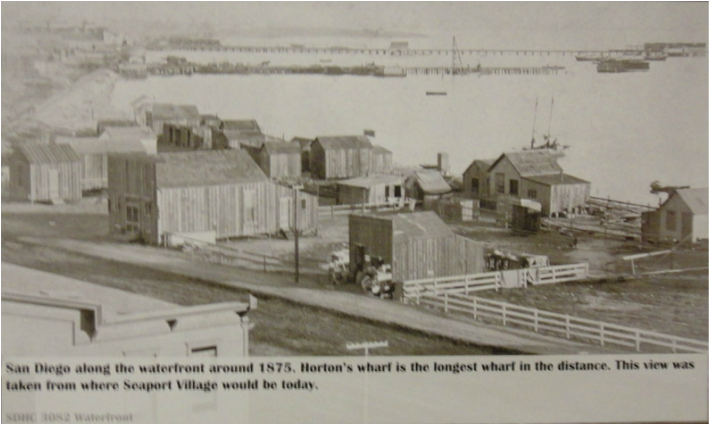
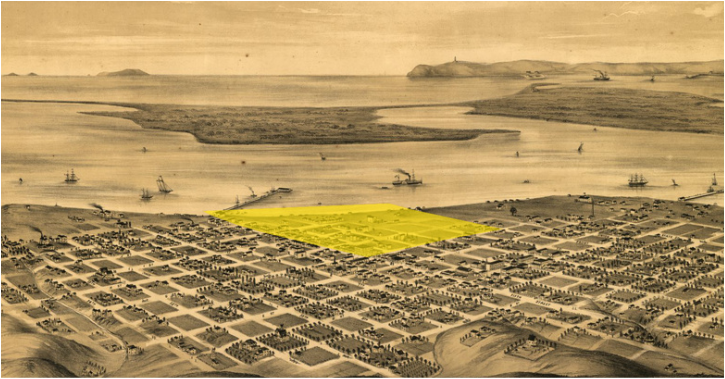

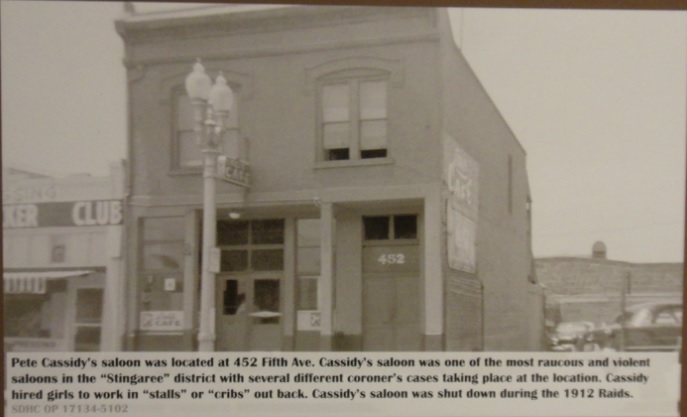
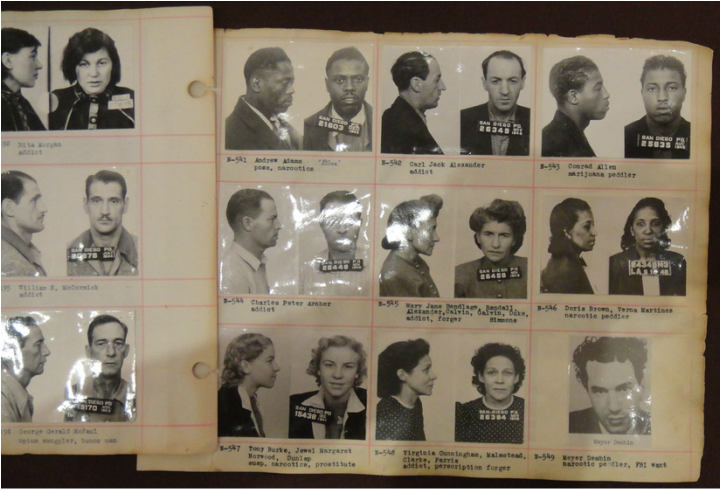
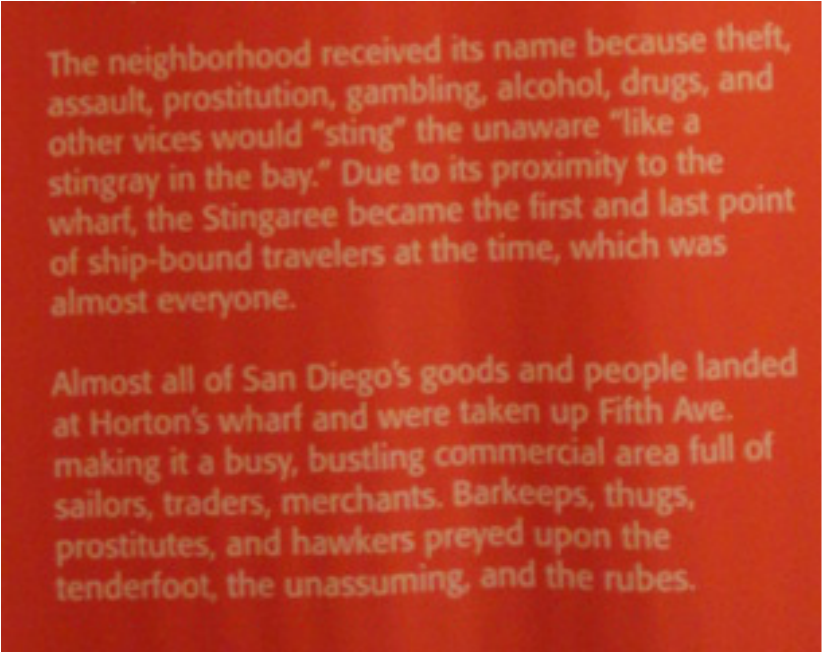
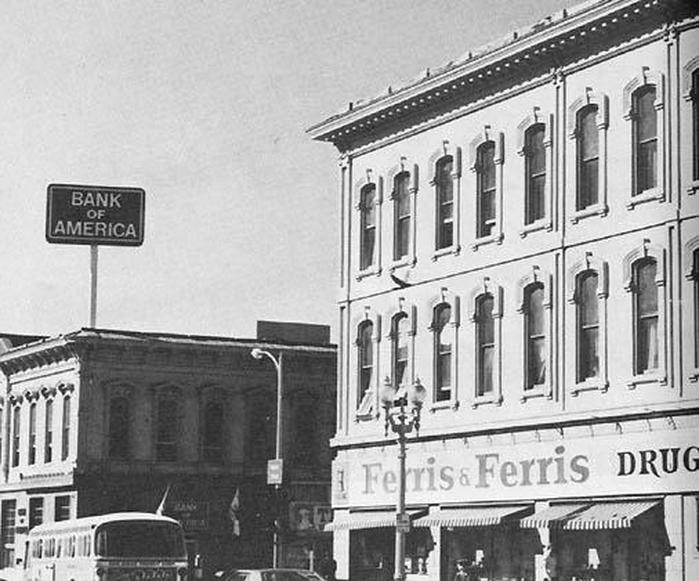
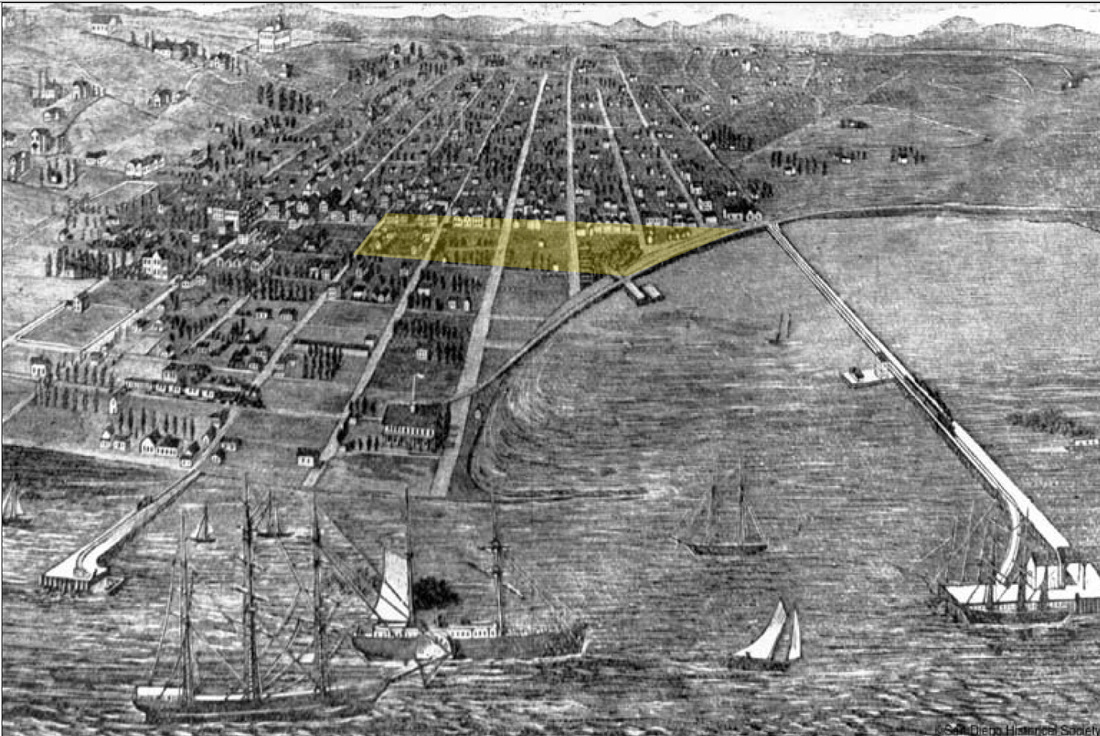
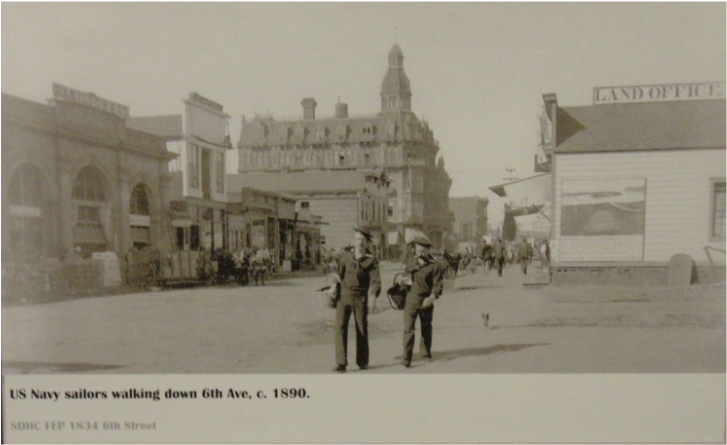
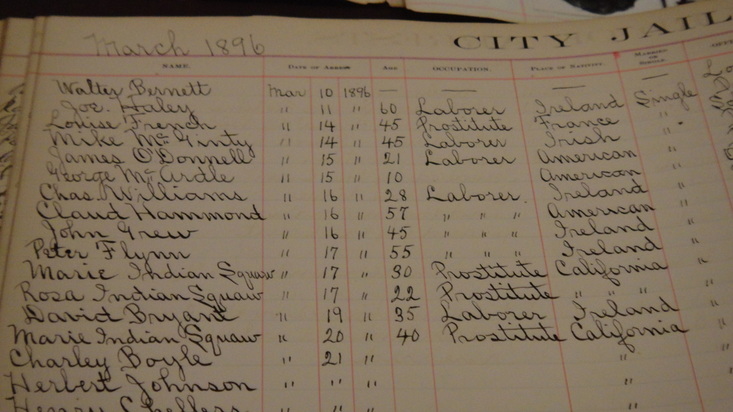
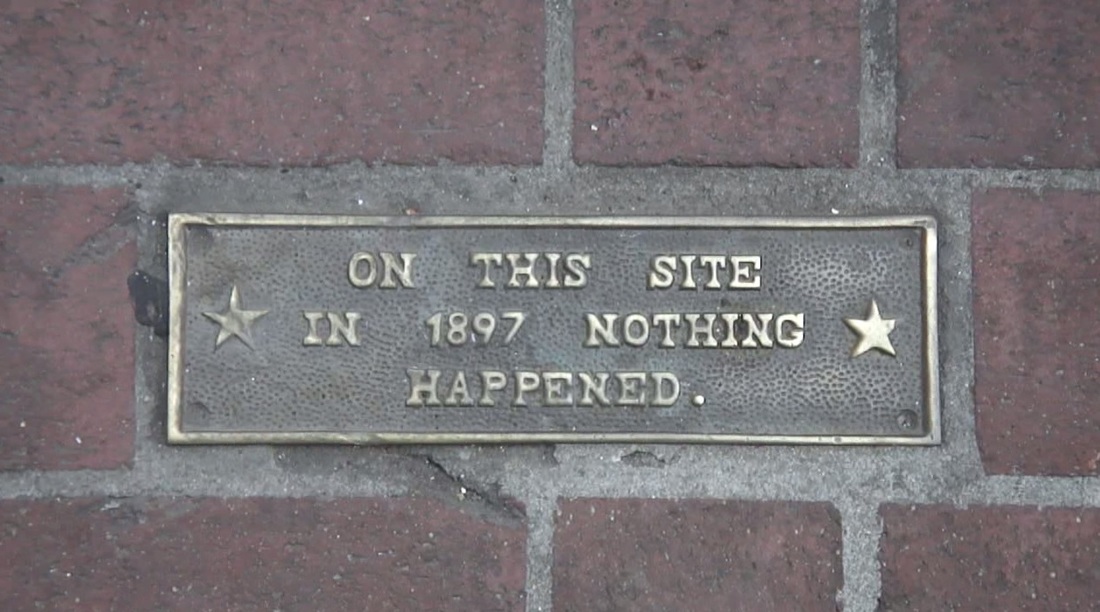
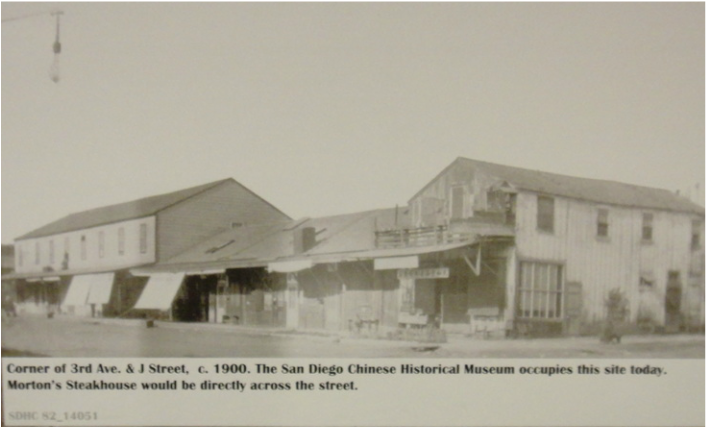
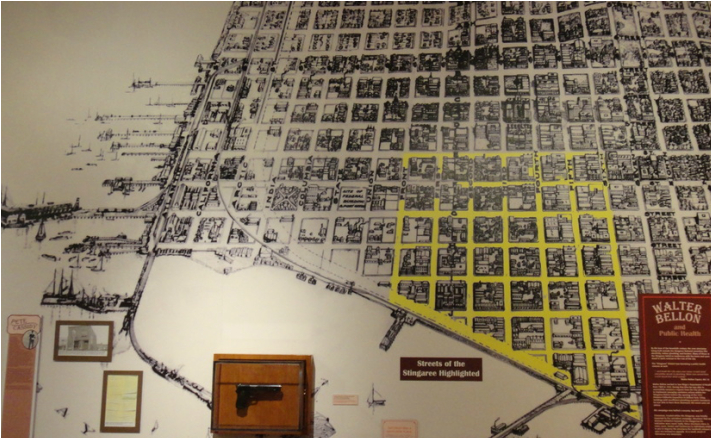
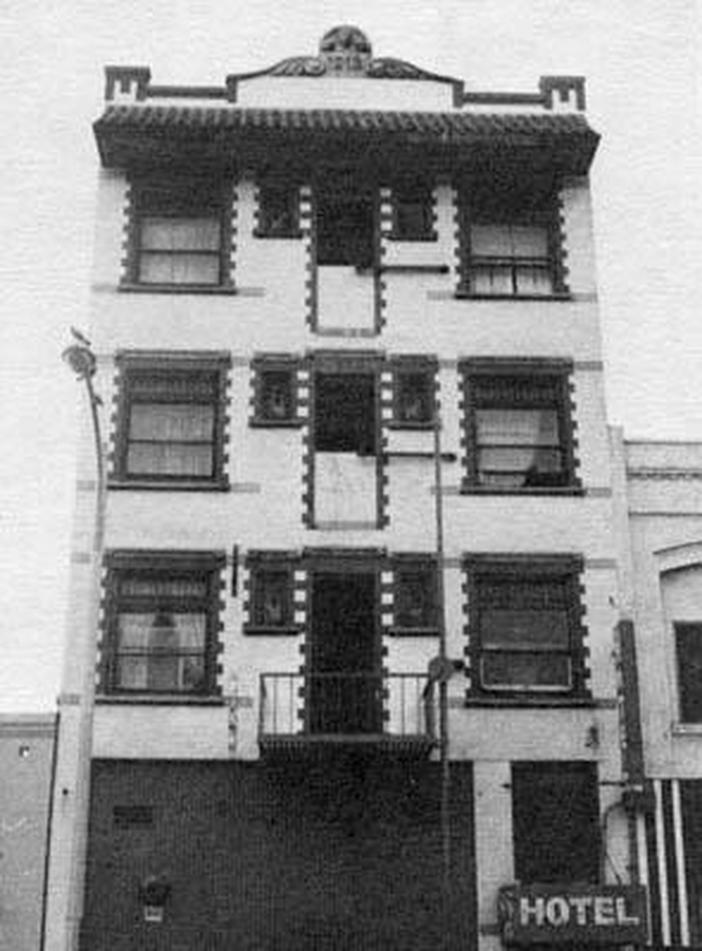
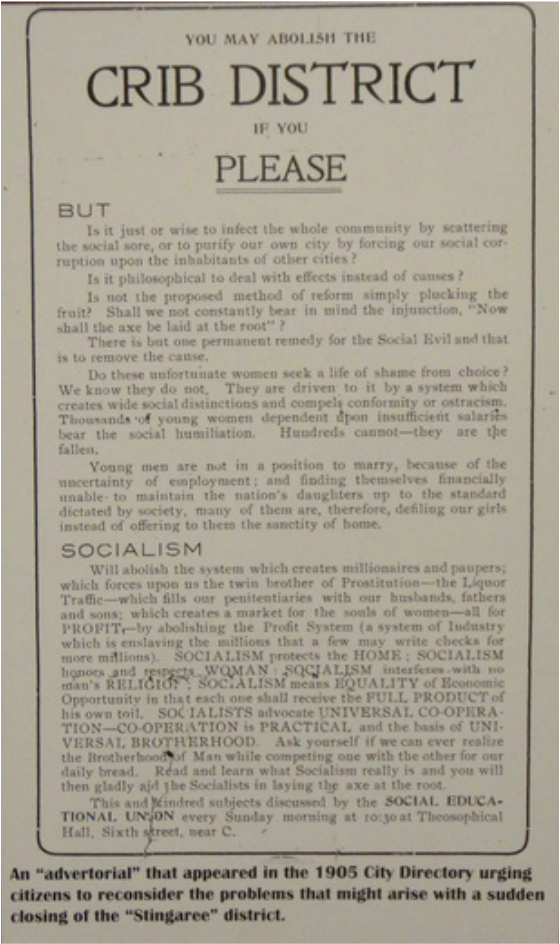
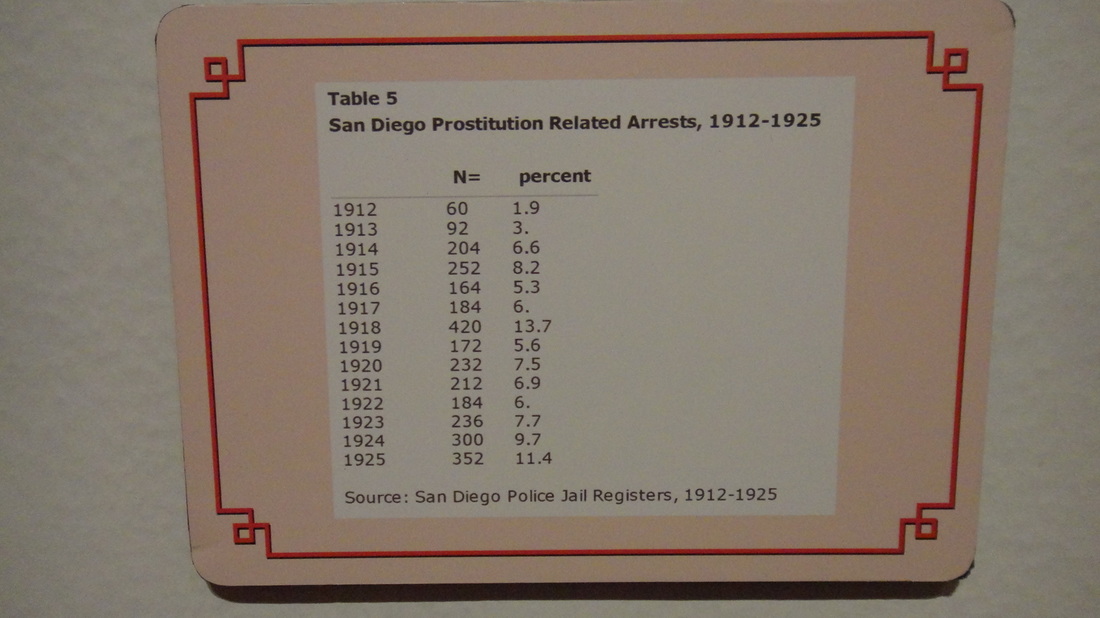
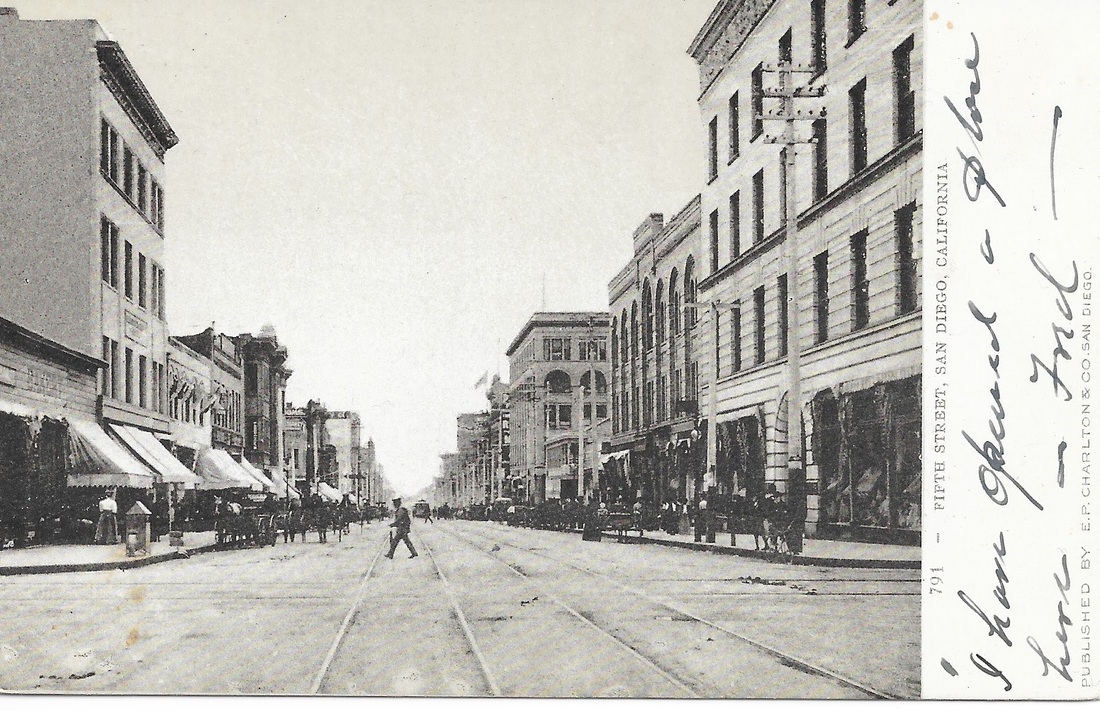
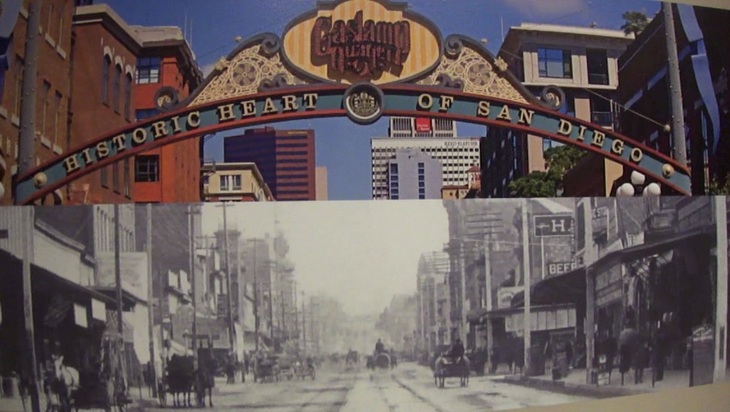
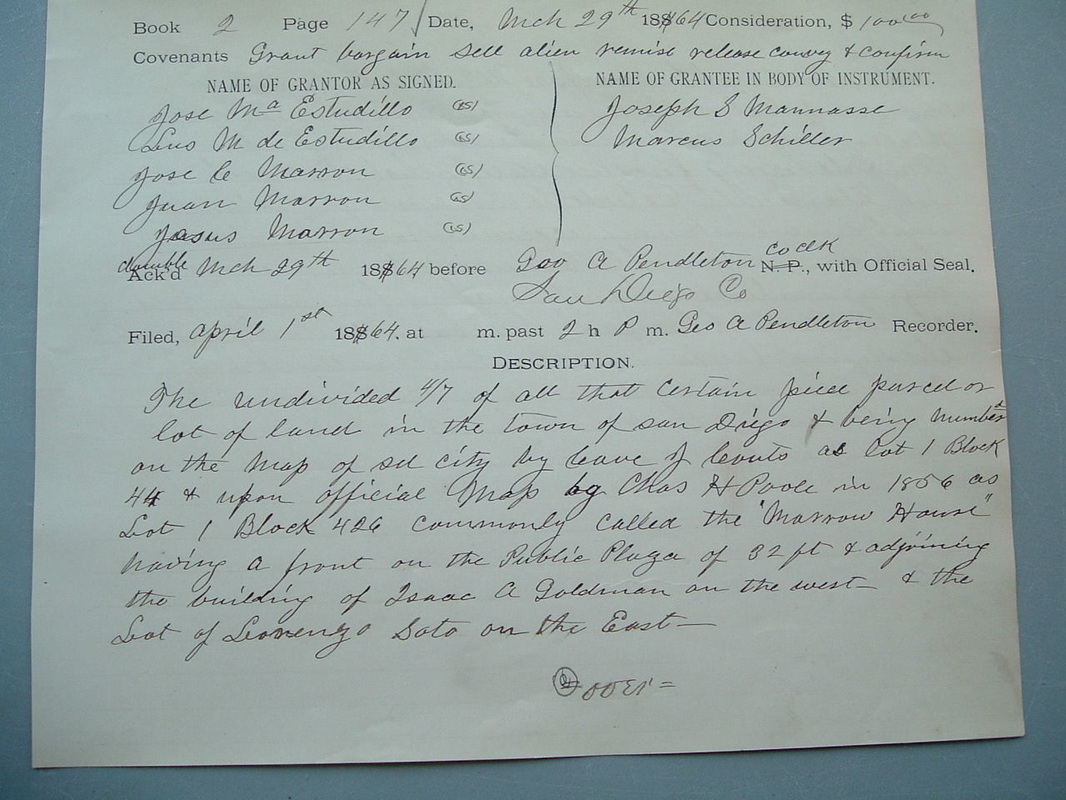

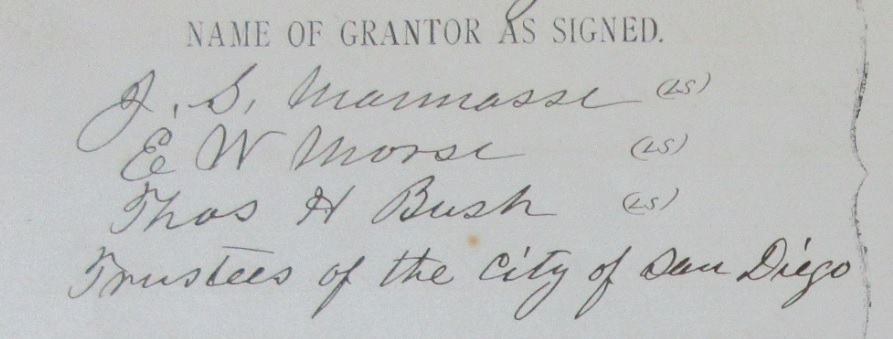
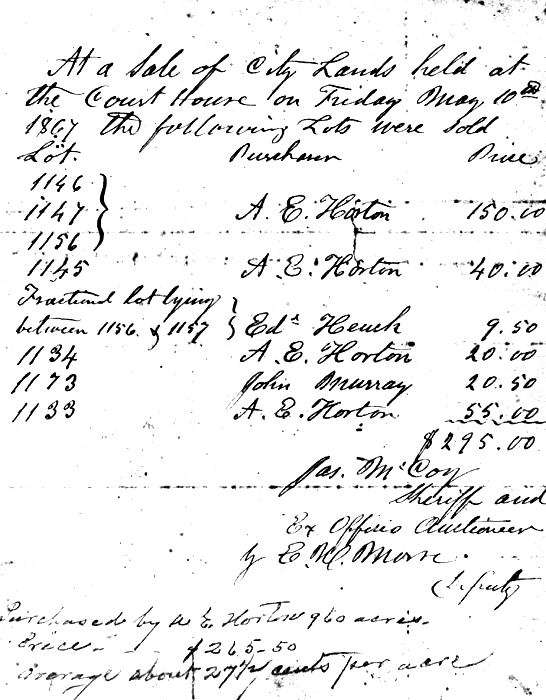
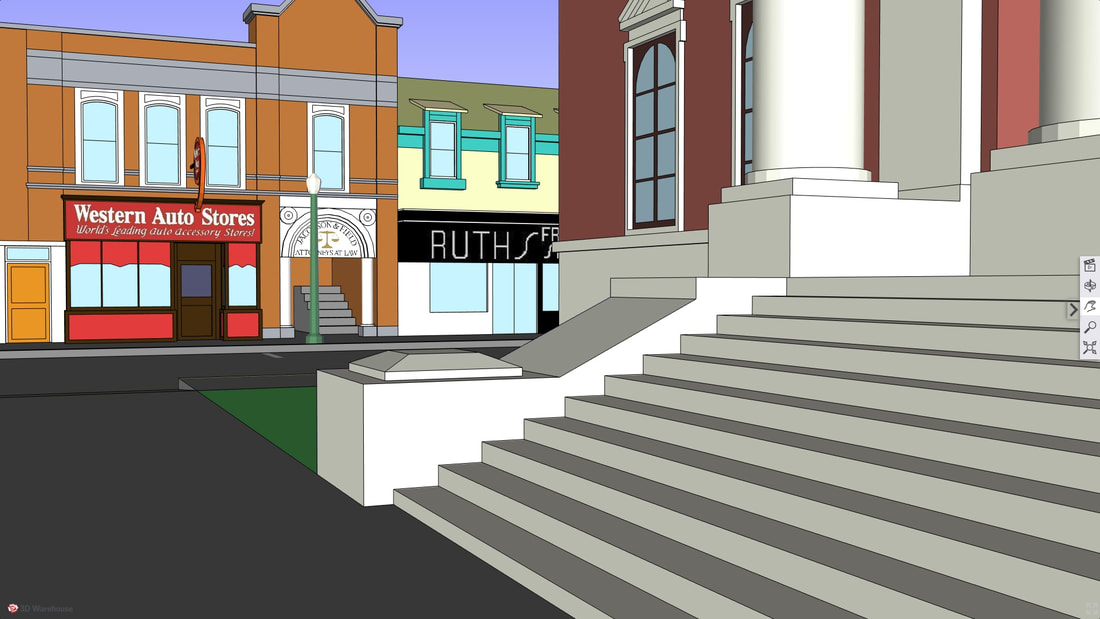
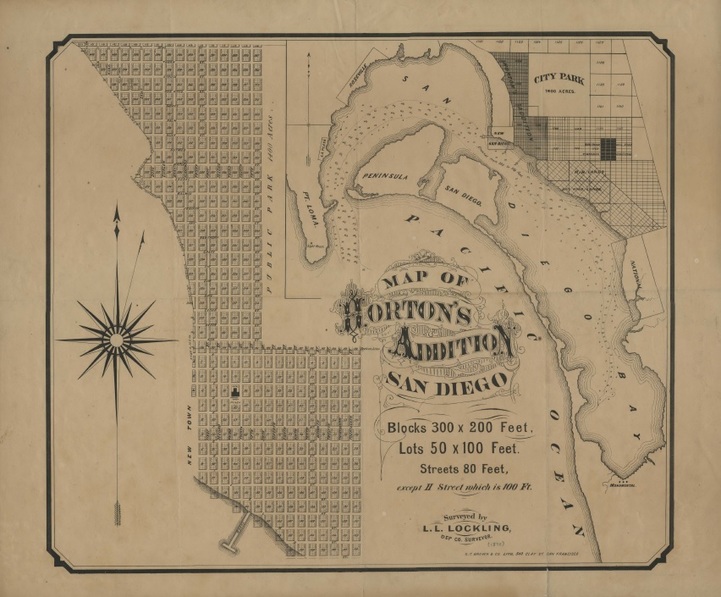
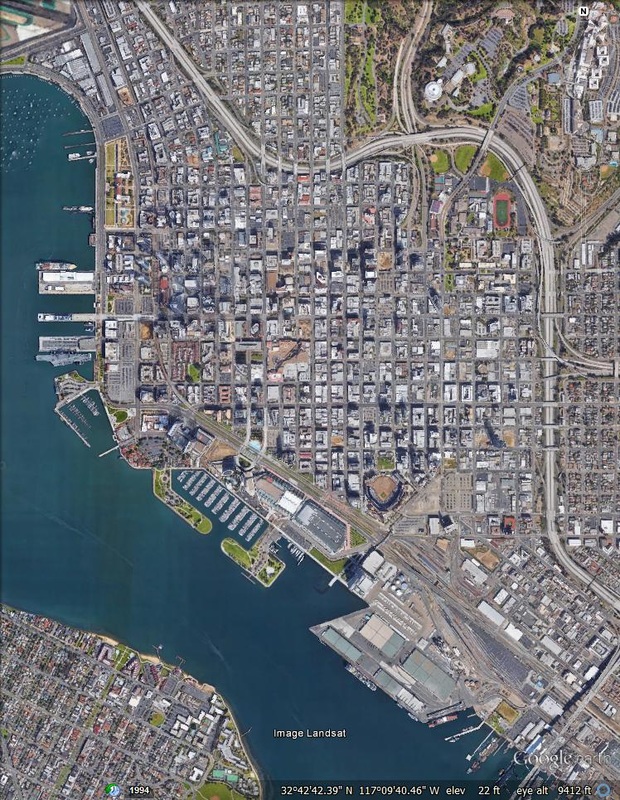
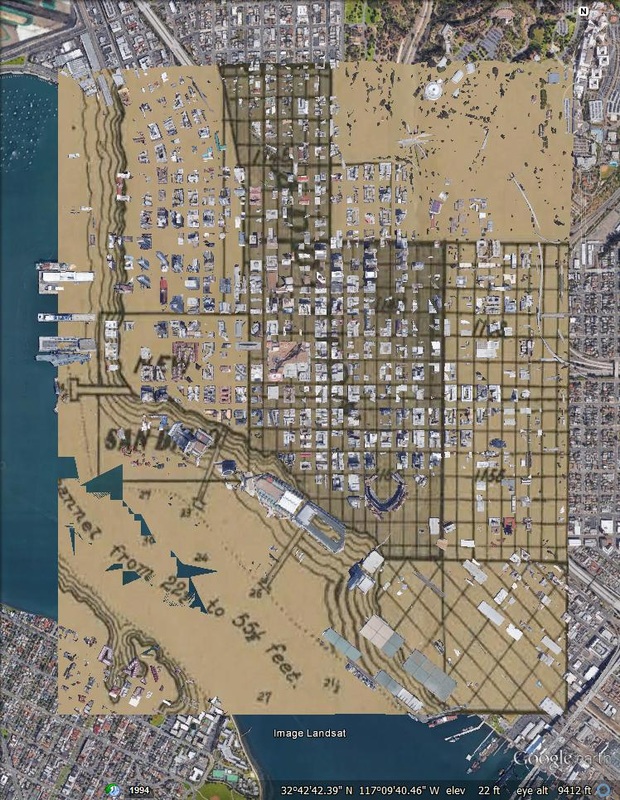
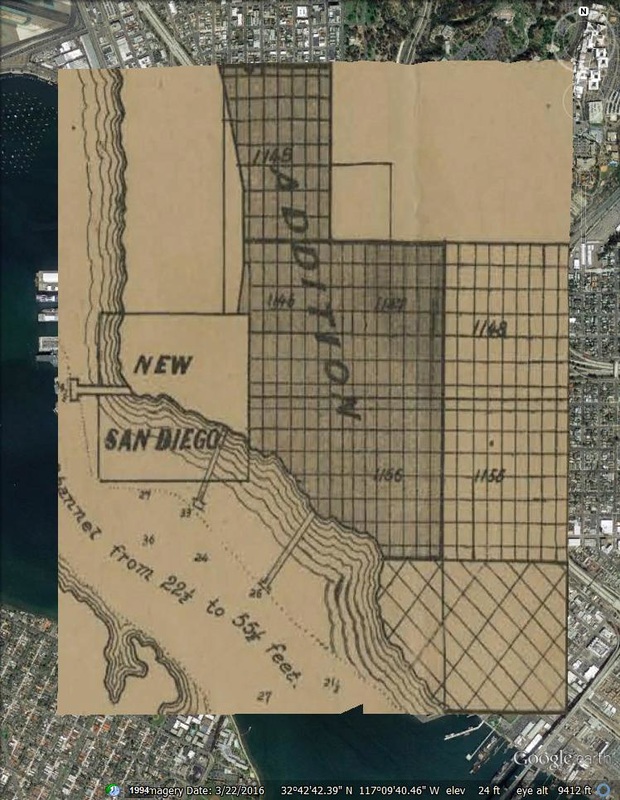
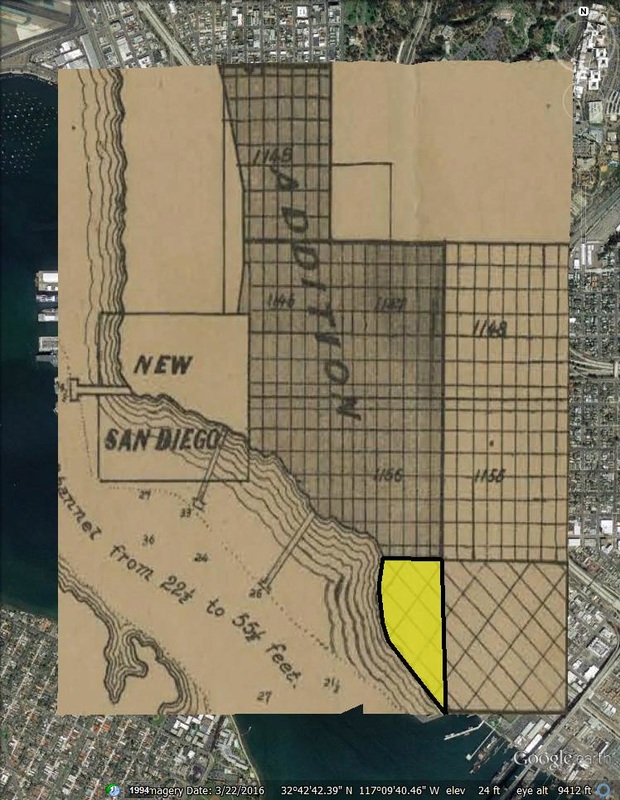
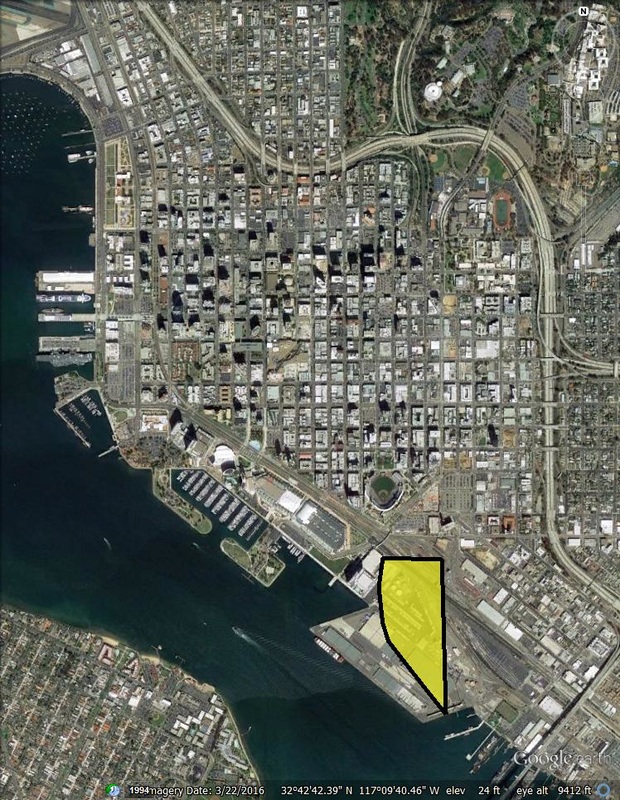
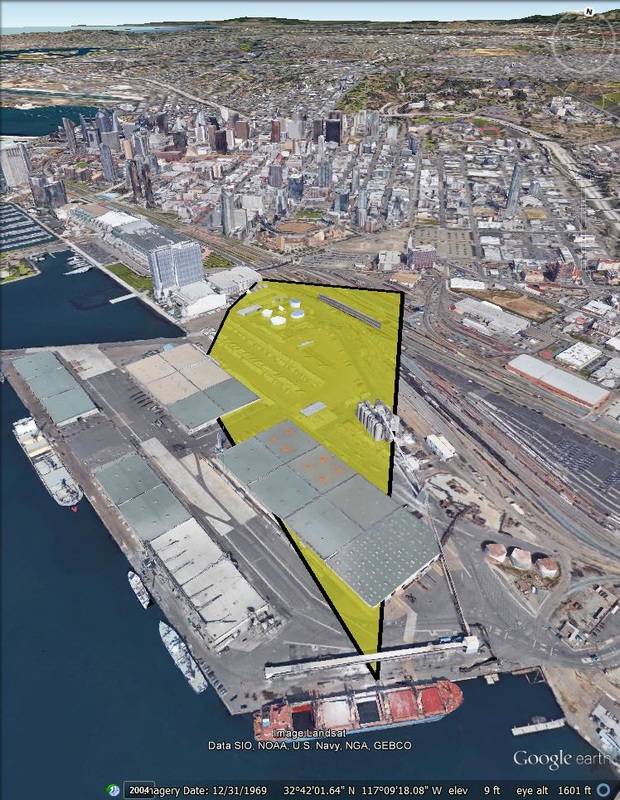
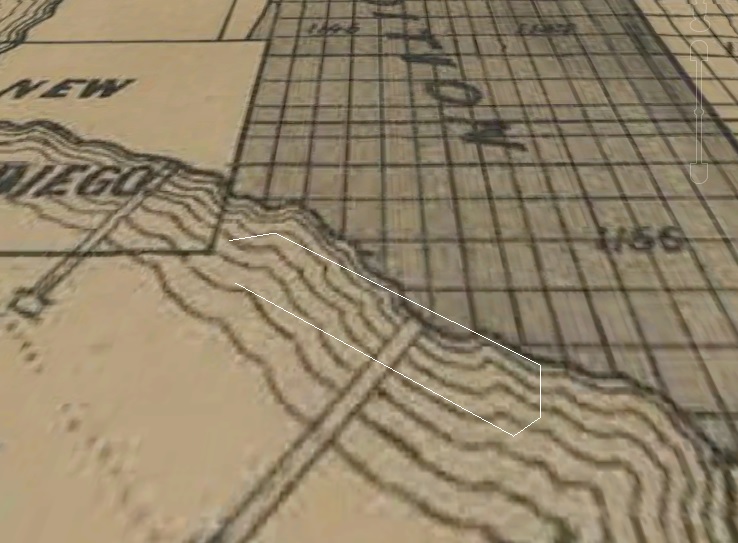
 RSS Feed
RSS Feed